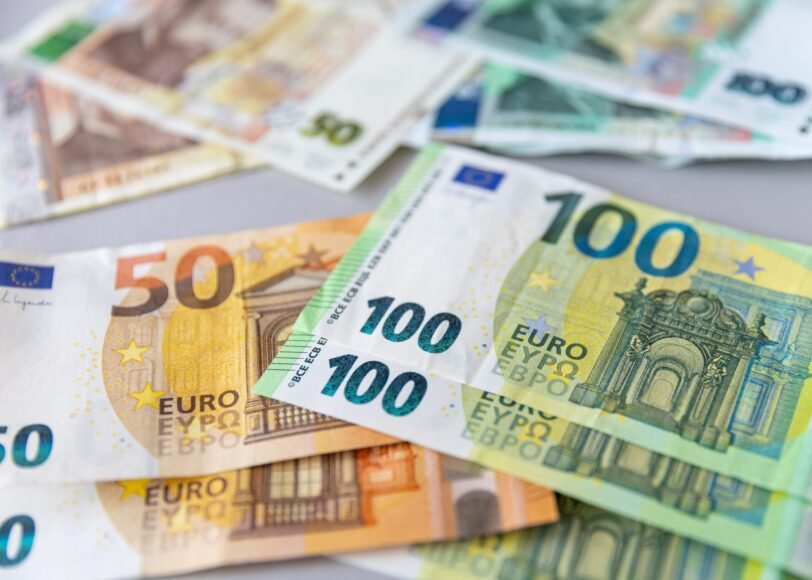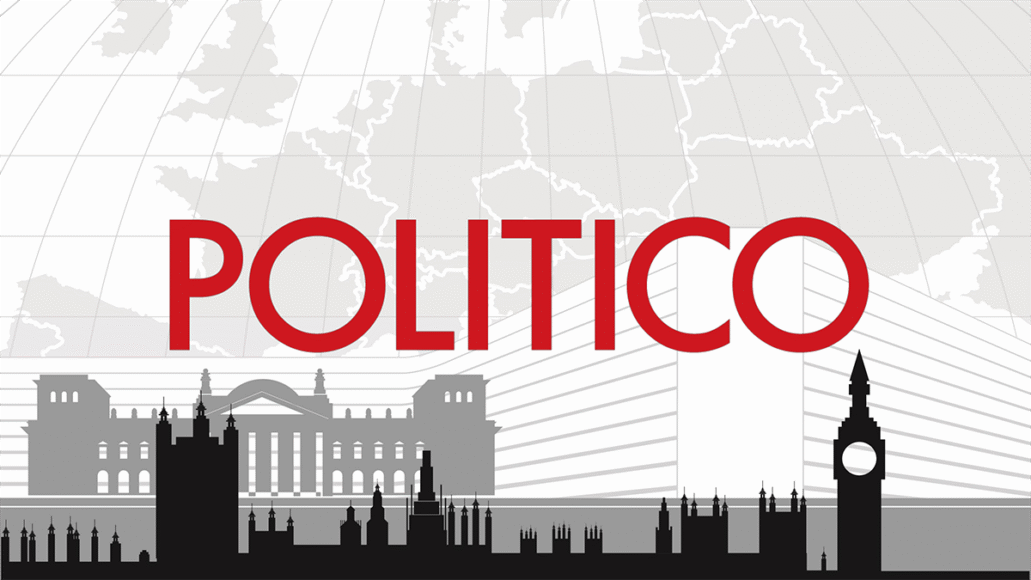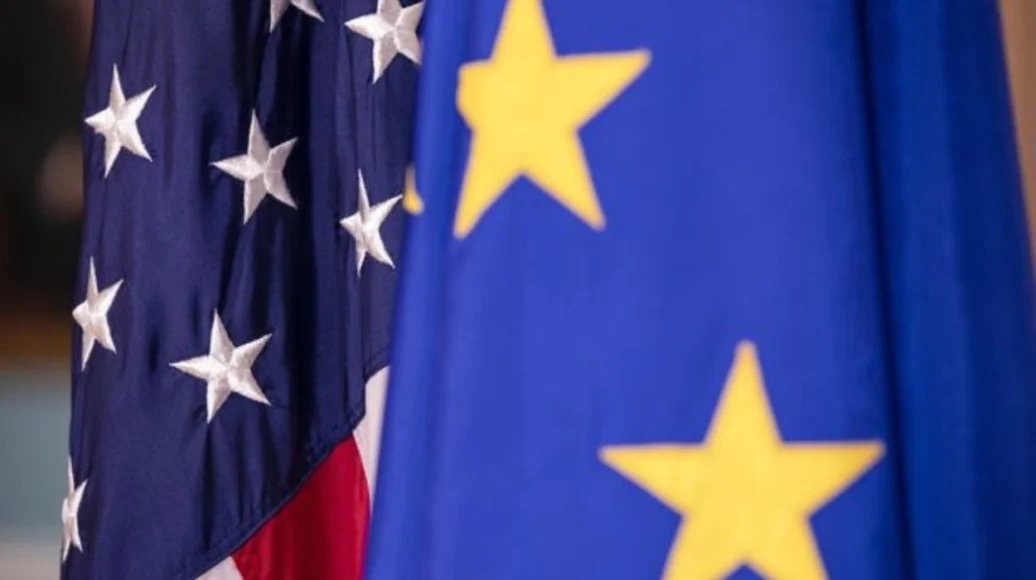
Stockholm – The United States has put into effect its comprehensive tariff package on international goods.
As of Thursday, however, the new tariff rates had not been entered when the Swedish Agency for Economic and Regional Growth (Sweden’s authority on foreign trade, the EU’s internal market, and trade policy) conducted system tests with various products. The European Commission is responsible for inputting the applicable tariff rates.
“We have yet to see confirmation that goods are subject to the new tariff rates on either side of the Atlantic, even though politically the system is now in effect,” stated Michael Koch, head of the Economic Analysis Unit at the Swedish Agency for Economic and Regional Growth, in an interview with TT.
Despite criticism of the agreement as a significant concession from the EU, its implementation has brought a sense of calm to companies, according to Koch. Nevertheless, the Customs Hotline established by the Swedish Agency for Economic and Regional Growth last spring to assist businesses affected by US tariffs continues to receive daily inquiries from anxious entrepreneurs.
Many of the calls are related to how to classify products that contain steel separately.
Several uncertainties persist regarding the 15% tariffs on most goods exported from the EU to the US, as no legally binding agreement has been finalized. For instance, there is ambiguity about whether products assembled from parts sourced from China but exported from Europe should be subject to Chinese or European tariffs, according to Michael Koch.
Additionally, tariffs on key export sectors such as steel, aluminum, and pharmaceuticals are still under negotiation.
(August 7)













Leave a Reply